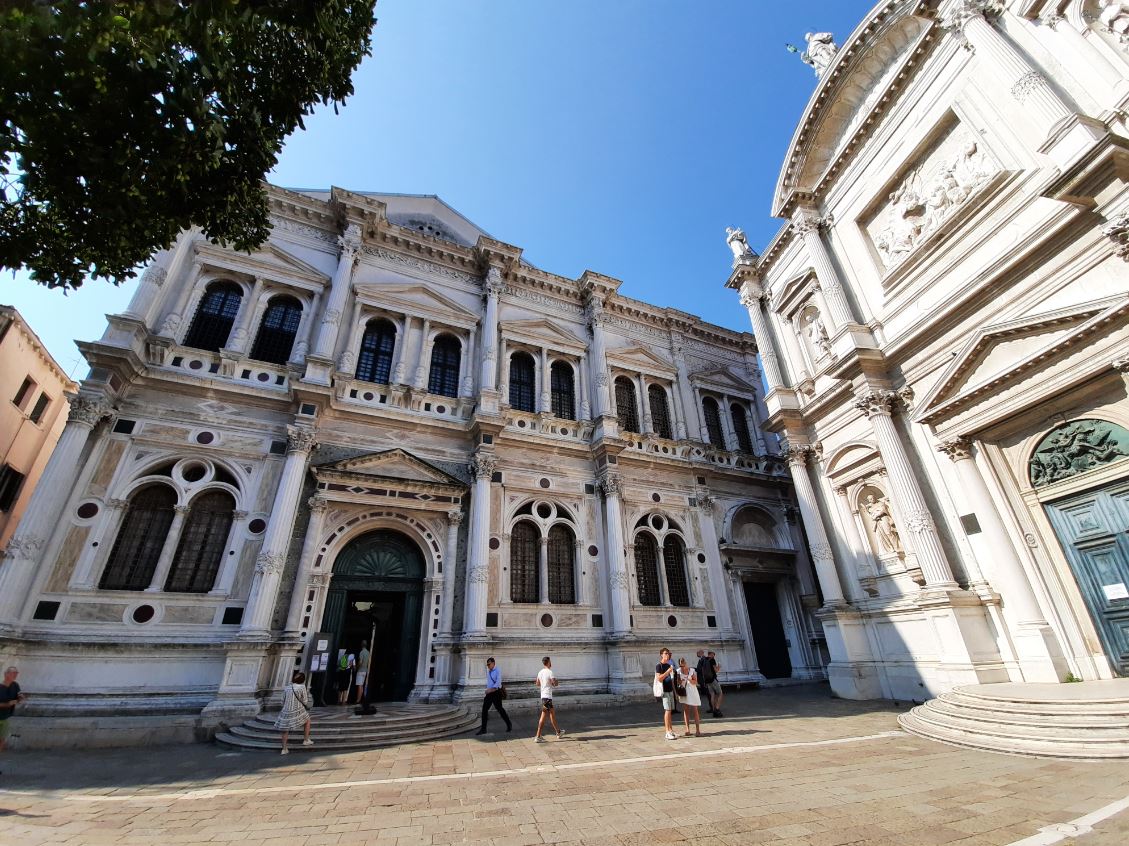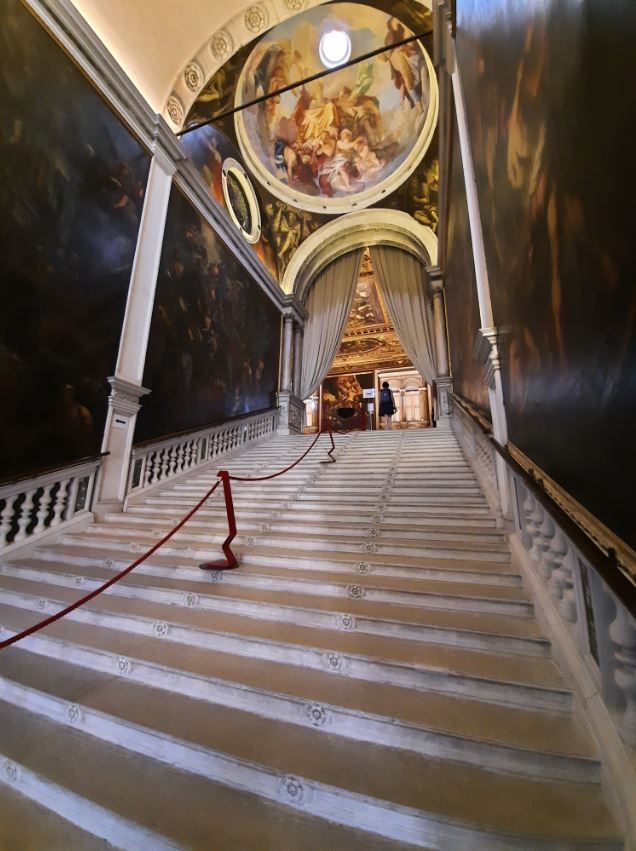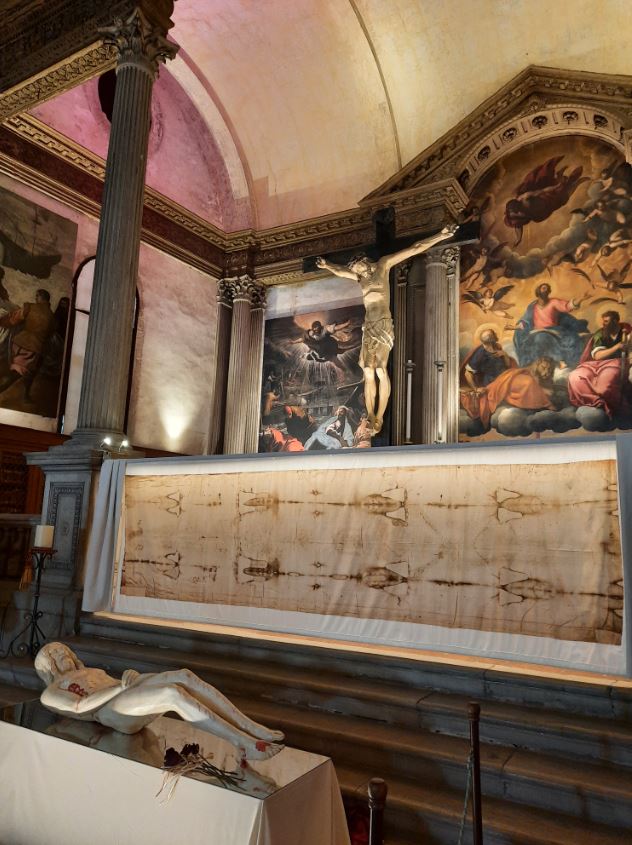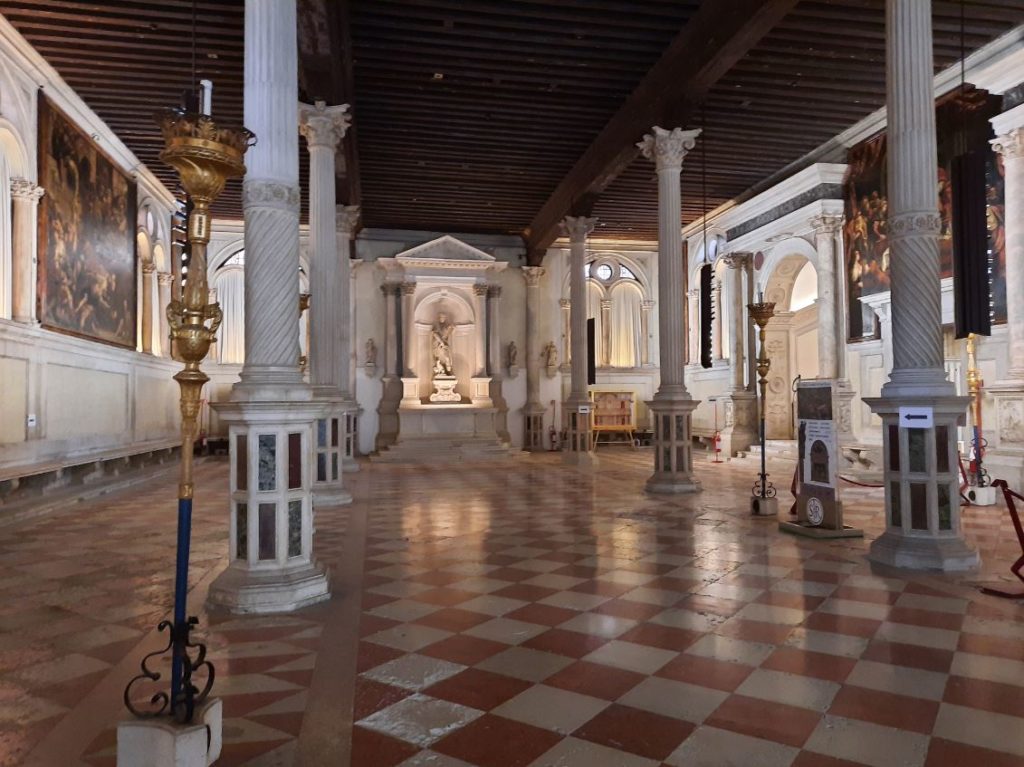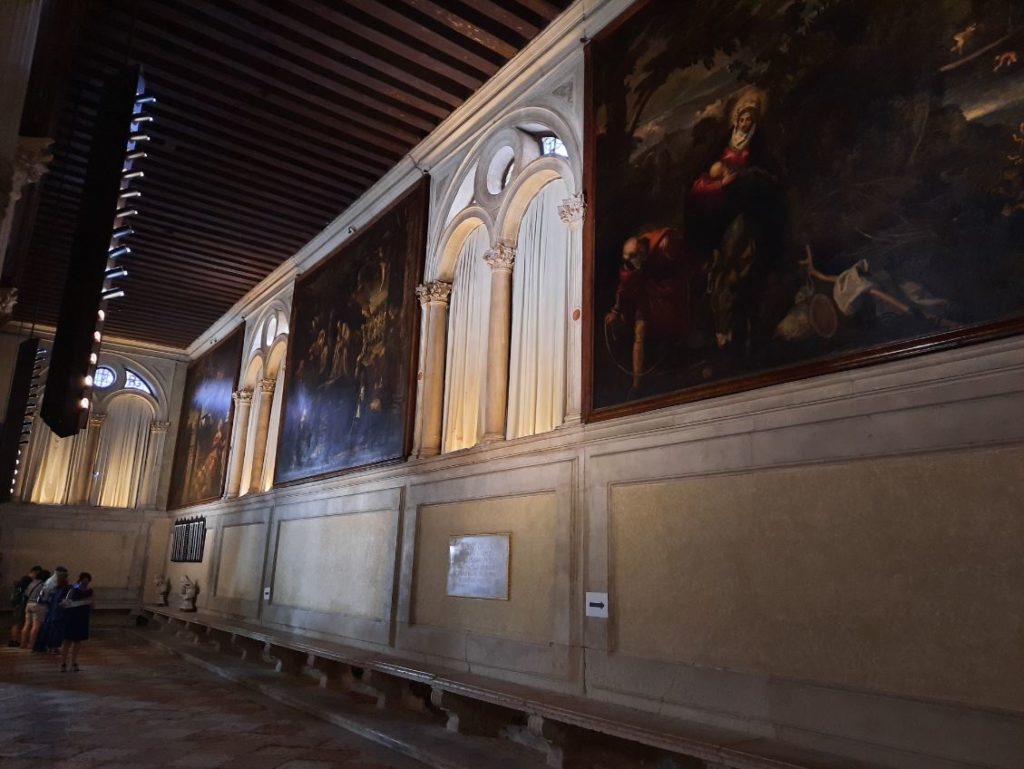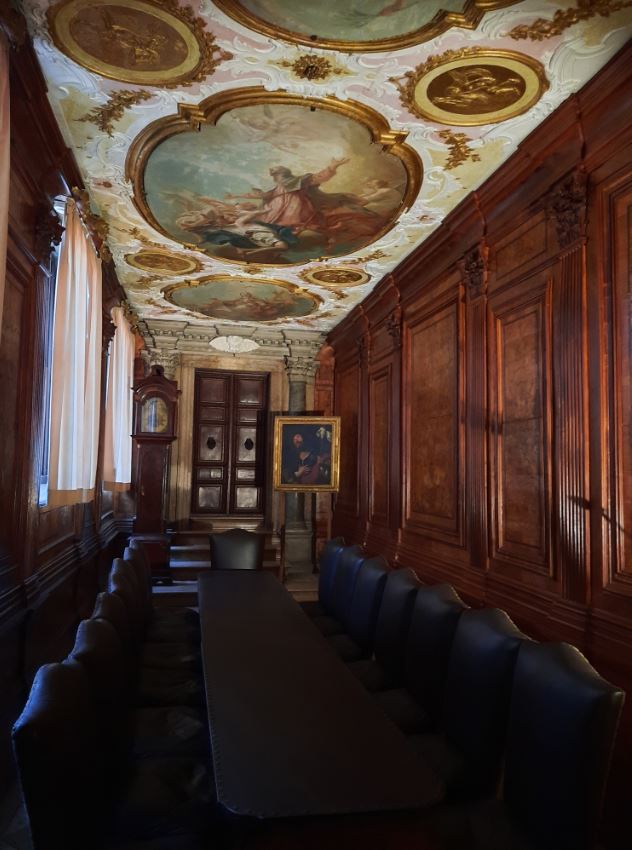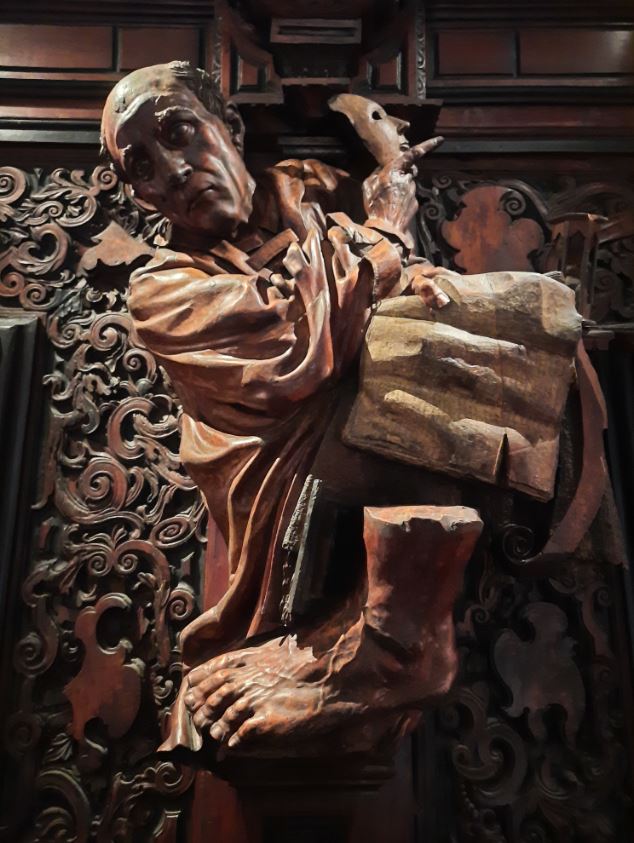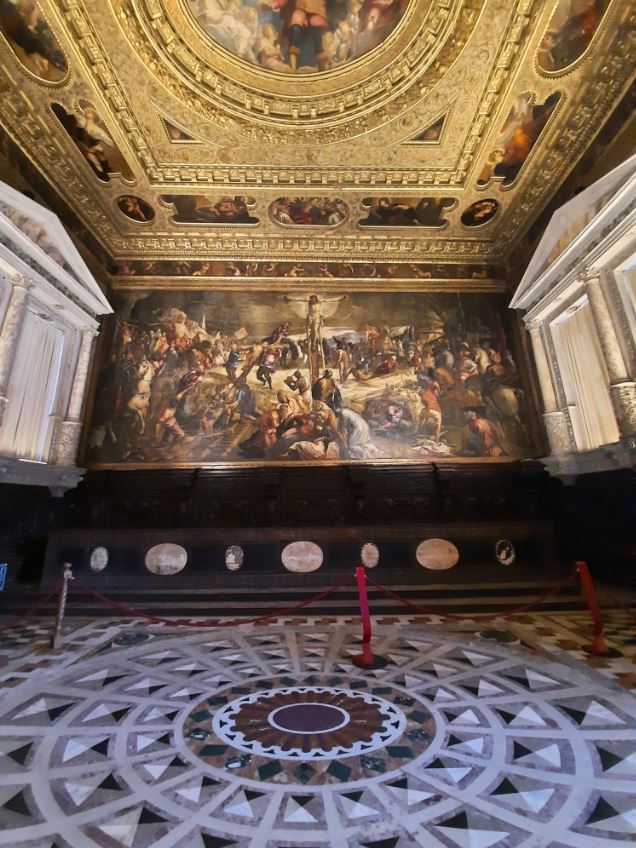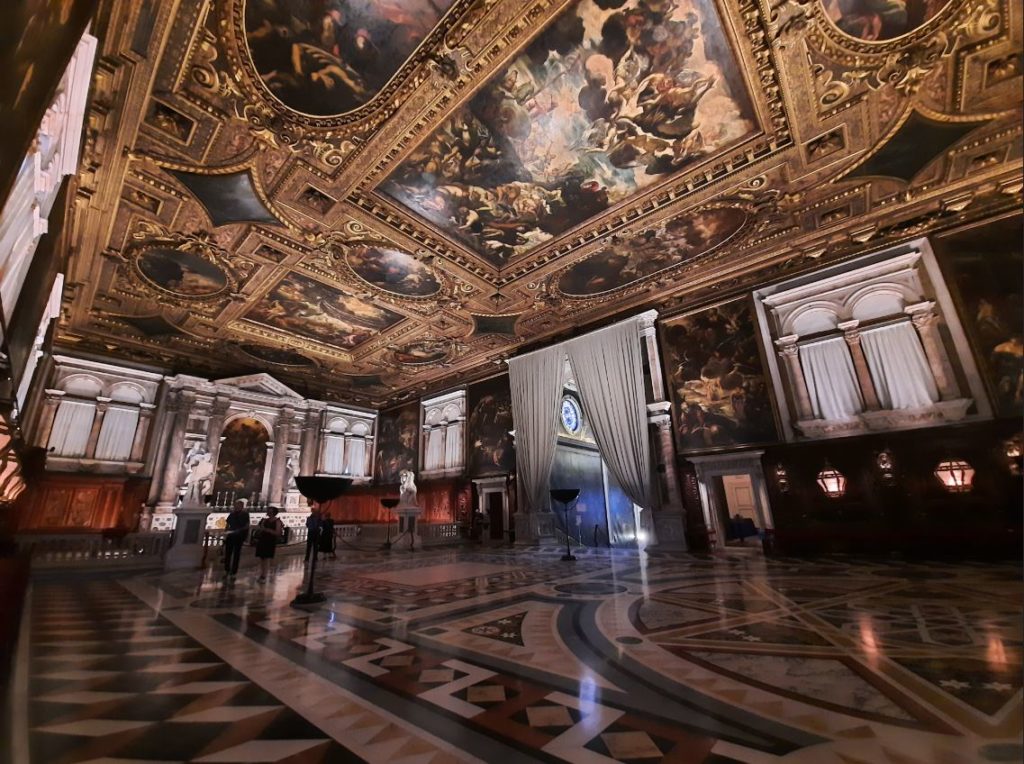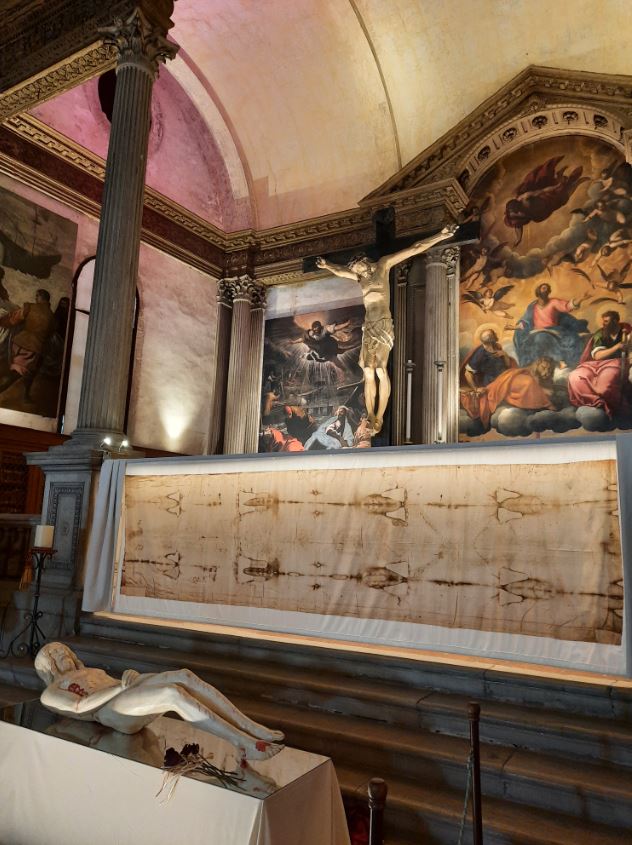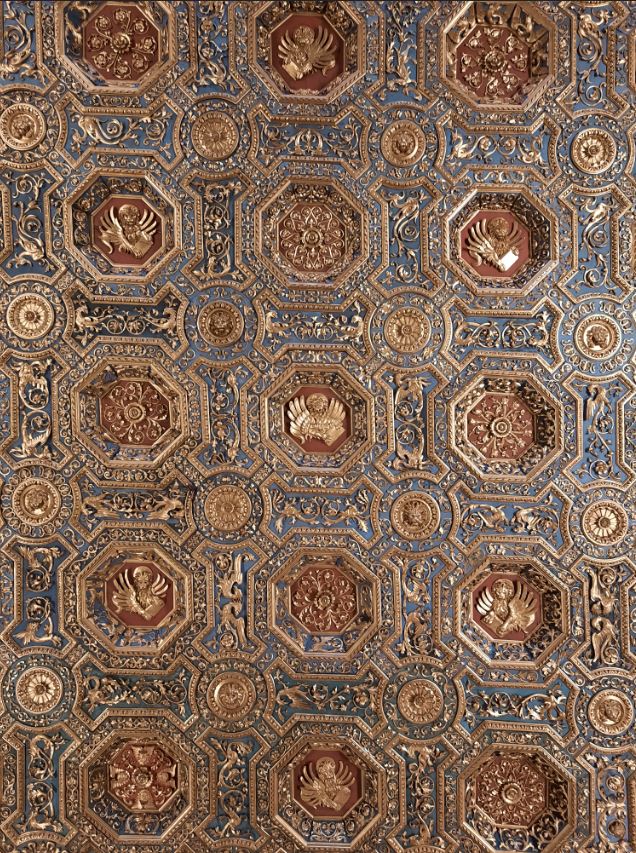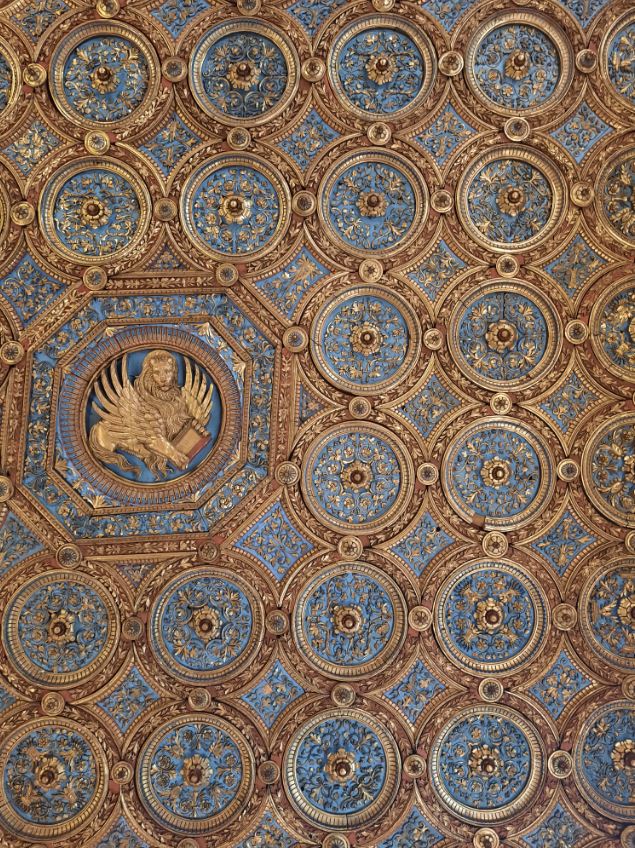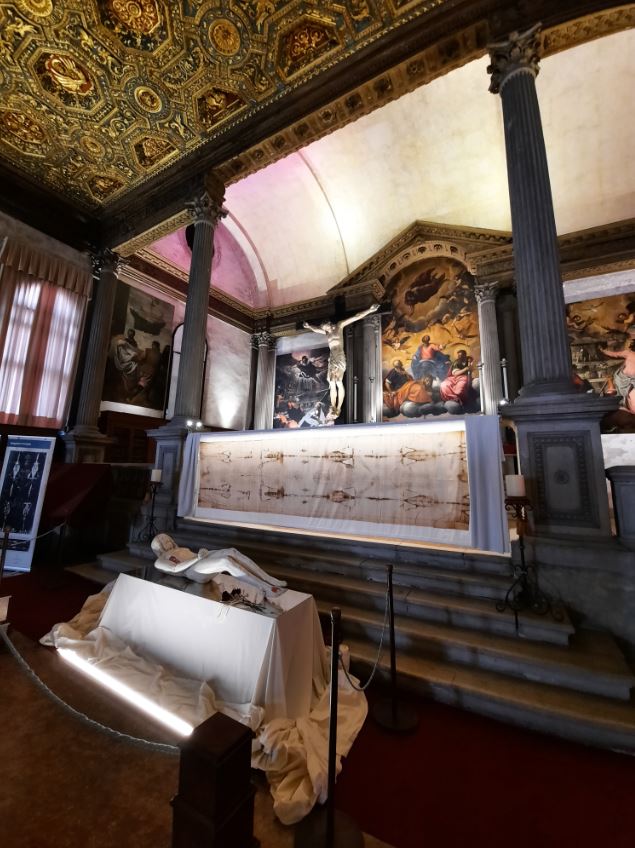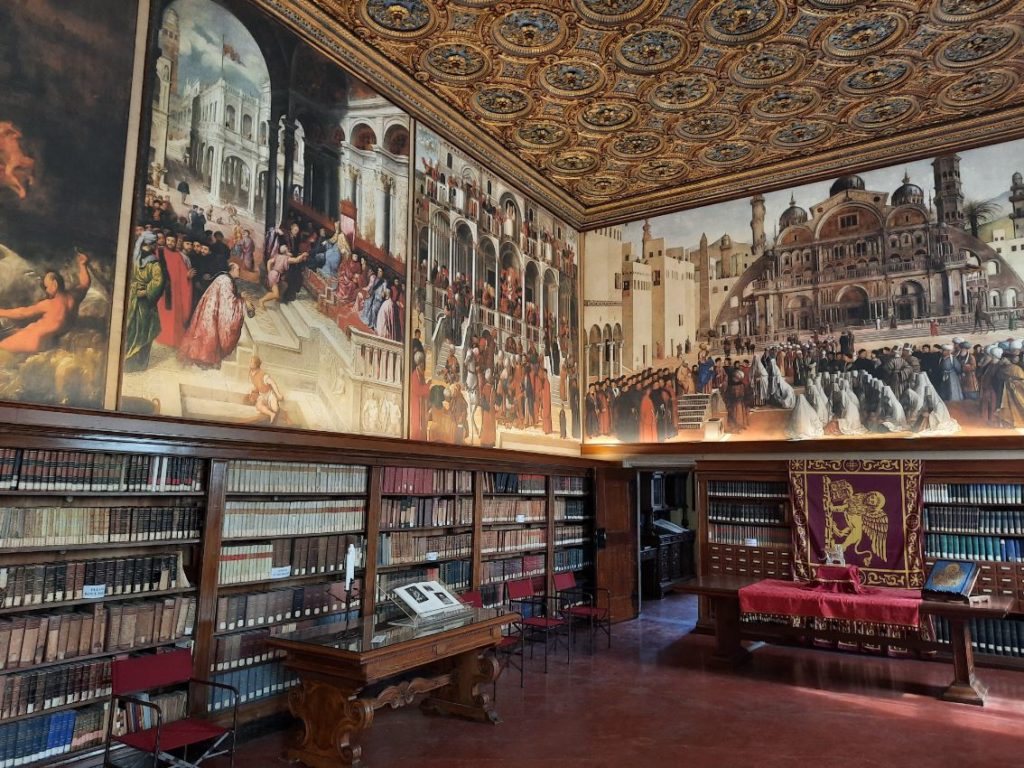The Covid Diaries 31, Venice Edition: Scuole Grandi
A visit to some of the Scuole Grandi which Venice has to offer. In which the lines between religion and secular life are blurred, but there are some great artworks which came out of it.
What are the Scuole Grandi of Venice?
Alright, first things first. What are these Scuole Grandi that I hear about in Venice, anyway? Or what’s even a Scuola? Let’s break this down. The word scuola in Italian means ‘school’. A Scuola in this sense, however, is not a school but a lay fraternity; it’s easier to get your head around if you think of them like medieval guilds.
Whereas in London you have things like the Worshipful Company of Drapers or Skinners or Fishmongers, the Venetian equivalents tend to have the name of a saint and often be physically adjacent to a church with the same dedication. This is at least the case for some of the Scuole Grandi (grande = ‘great’). By the 15th Century there were six of these Scuole Grandi and hundreds of smaller Scuole. The latter were more likely to be named after the trade or foreign community or local area of its members.
Who Belonged to Them?
In the Venetian Republic the corridors of power were closed to all those not part of an elite ruling family. The Scuole were an alternative – a way to look out for each other’s interests, wield some kind of influence, and also provide mutual support. On a walking tour I saw how some sottoporteghi (passageways through to a courtyard) are named after different trades. They would have been where a Scuola had its equivalent of almshouses for down on their luck members or widows.
The Scuole Grandi of Venice are indeed quite grand. Their members were often from the professional classes, and the scuole over time amassed enough wealth to build impressive headquarters. They would put out tenders for important painters to come and decorate the walls and ceilings. There are a few which can be visited; I went to two (or 2.5 if you count the Gallerie dell’Accademia), which I have described below.
Scuola Grande di San Rocco
This Scuola was on my list to visit before I even made serious plans to come to Venice; I wanted to see the paintings by Tintoretto. I learned in my guidebook that Tintoretto won the commission by presenting his entry not as a drawing of the work he planned for the space, but as a fully-finished painting! Fair enough, the late Renaissance must have been a cutthroat time for artists with so many great talents around.
The Scuola is adjacent to a church also dedicated to San Rocco (Saint Roch. He was protector against the plague and therefore very popular in Venice which suffered with a lot of it). The Scuola has two floors of one big room each, plus an upstairs treasury and a few other smaller rooms. You enter straight into one of these big rooms, and I was a little underwhelmed at first. Sure, the Tintoretto paintings were nice, depicting the life of Christ from the Annunciation, but it didn’t seem that luxurious.
San Rocco Continued: Don’t Miss the Upstairs, it’s a Stunner
As I ascended the staircase and came to the main event, however, it fell into place. Between its decorated ceiling, wood carvings and further paintings, the Scuola Grande di San Rocco is nothing short of glorious. Even nicer, you are actually allowed to sit down in socially distanced seats. It allows you to take your time absorbing all the different artworks and details. Apparently in normal circumstances they have big mirrors so that you can see the ceilings without straining your neck. But as the seats are right against the wall I didn’t find it too arduous without those.
Once I had had my fill, I went upstairs to the small treasury which was jam packed with relics. Rather interesting for a lay organisation but I guess they were all pretty religious back then. I then went back down to a room off the great upstairs hall to see Tintoretto’s Crucifixion. Whereas most of the other paintings are single moments in a biblical story, this one is packed with detail. It takes a while to properly appreciate.
It is absolutely worth a visit if you only have time for one of the Scuole Grandi while in Venice. The artworks are beautiful, and it’s also just a fascinating building to see, to get an idea of how rich and influential some of these Scuole became.
Scuola Grande di San Marco
I think the most interesting thing about this Scuola is its history. It was built in the late 1400s after an earlier one burned down. It would have been a confraternity much like that of San Rocco for the first few centuries of its existence. Architecturally, it is mostly Renaissance but a little bit Byzantine, and has some nice trompe-l’oeil stonework on the facade. The interesting bit starts after the Austrians arrived in Venice. The Austro-Hungarian Empire of course took over where Napoleon left off after the downfall of the Venetian Republic.
In 1819, the Scuola Grande di San Marco was turned into a military hospital. Even today you can see the graffiti of bored soldiers who stood on guard on either side of the entrance. It never stopped being a hospital even after the Austrians were long gone; today it is still the civic hospital of Venice, with ambulance boats racing up and down the nearby canals. This makes for an interesting visitor experience. When you arrive at the main entrance to the Scuola building, you turn to the left for the hospital, and to the right (and up the stairs) for the Scuola Grande di San Marco.
San Marco Continued: A Sense of History and Some Not Quite Original Art
Upstairs, quite a lot of the original decoration is still in place. Unlike the big empty space of the Scuola Grande di San Rocco, this one is filled with displays. There is some religious imagery including something about the Shroud of Turin, some medical implements, and a little video on the Scuola’s restoration.
In a smaller room nearby, you can see replicas of works by Tintoretto and Paris Bordone. The originals now hang in the Gallerie dell’Accademia (more in an upcoming post) and the Pinacoteca di Brera in Milan. Having the replicas helps to give a sense of what the rooms were like in the days of the Scuola. It’s quickly visited: I would say 10 to no more than 30 minutes required, but there are plenty of other sights nearby so it’s easy to fit into a day out in Venice.
Final Thoughts
So as a uniquely Venetian take on the medieval/Renaissance lay order, it’s worth visiting at least one of the Scuole Grandi while you are in Venice. If you only have time for one, then I would recommend the Scuola Grande di San Rocco for art lovers, and Scuola Grande di San Marco for lovers of curious histories (or medical implements, I guess). If you don’t have time for either but are planning to visit the Gallerie dell’Accademia, then my top tip is to look around at the fabric of the building while you are there. The Accademia is housed in what used to be the Scuola della Carità and its adjacent church.
Scuola Grande di San Rocco: 4/5
Scuola Grande di San Marco: 3.5/5
Implementing Covid Rules: 3.5/5
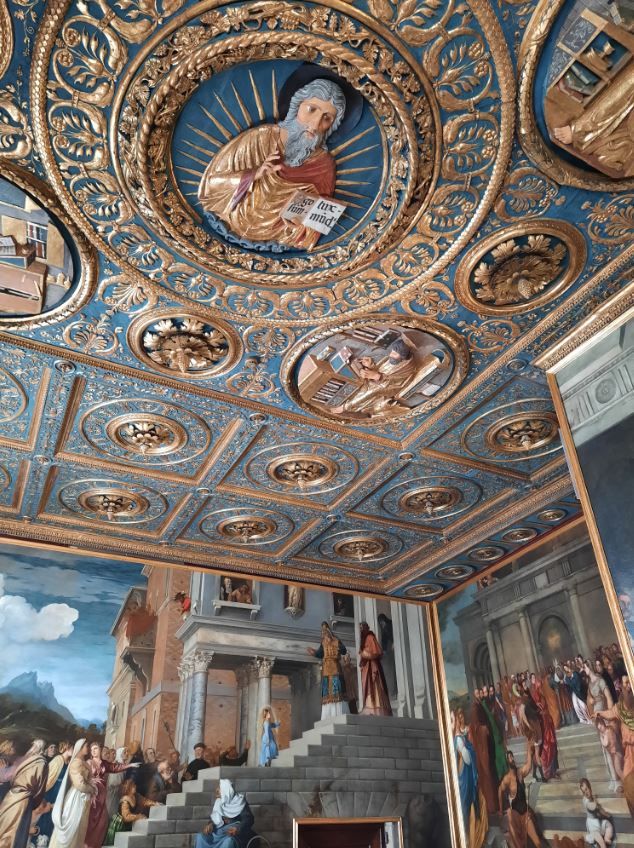
If you see this after your page is loaded completely, leafletJS files are missing.

